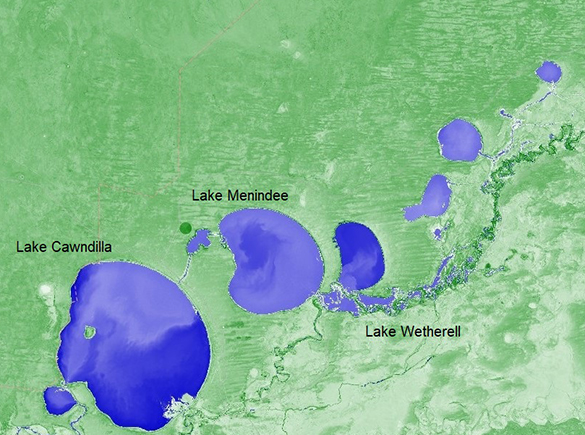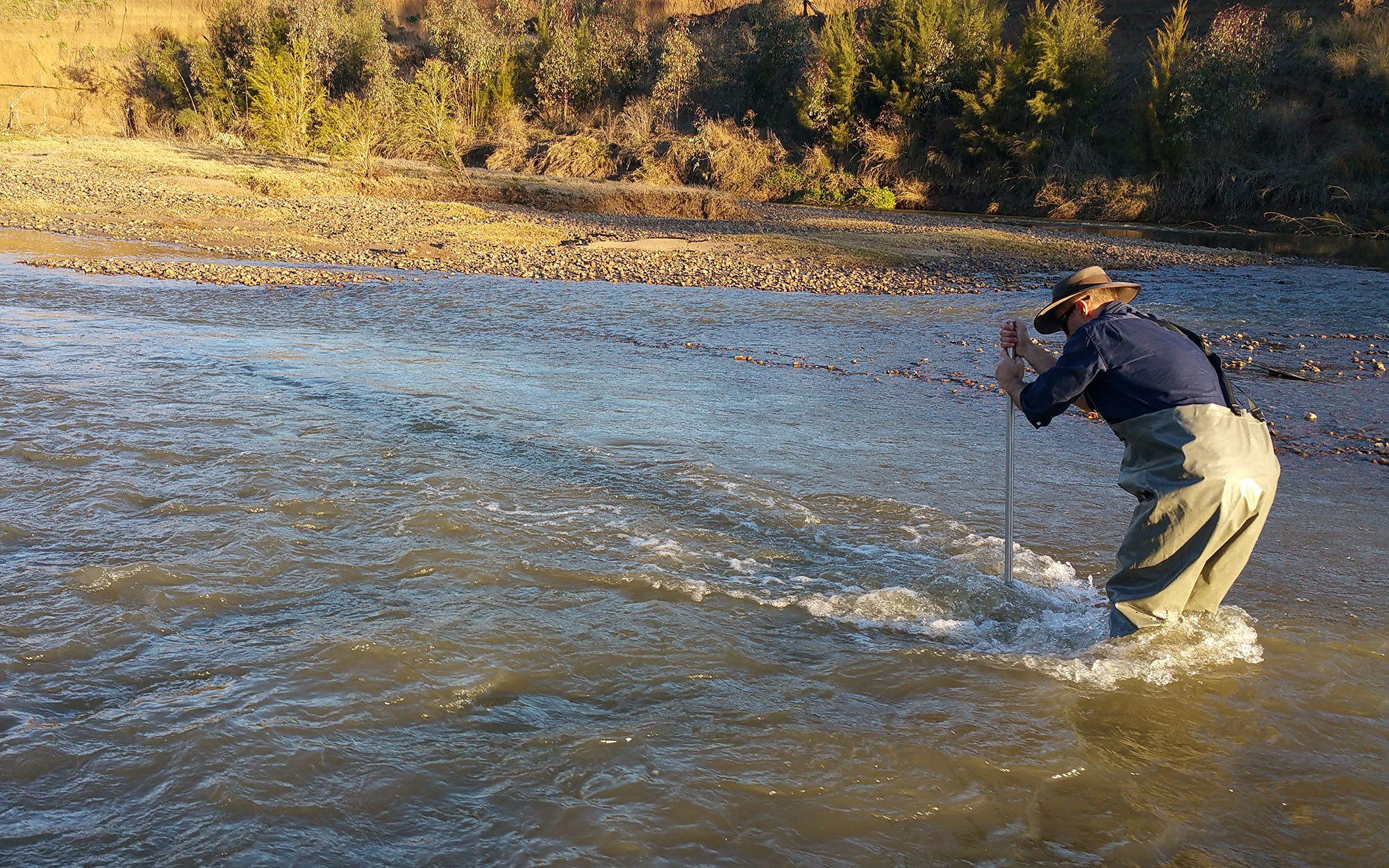
Our surface water science team uses monitoring and targeted research projects to identify changes to the hydrology, geomorphology, water quality and ecology of surface water environments. This allows us to better understand the impact of water management decisions. It also allows us to track if changes in water management protect or improve surface water environments. We also use research projects to improve our understanding of potential impacts from climate change.
Understanding these relationships improves science-based decision making. It also improves the evaluation of legislation and policies. This gives us an opportunity to adjust the way we manage surface water environments so environmental impacts are minimised.
Some of the themes we monitor include:
- how our surface water environments are responding to water that is set aside for the environment
- how different patterns of water flow affect the way our rivers function (i.e. flow-ecology)
- the river's physical form, its fringing vegetation and what sort of fish and insects live there.
Our monitoring and research projects evaluate and report changes in surface water environments. We use this information to gauge the health of our surface water environments. With increased scientific understanding of these environments we can better manage water for the environment and other users.
Why do we monitor changes?
The sustainable management of our surface water environments is our priority and a key principle of the Water Management Act 2000 (NSW). The Act enables the sharing of water for different purposes through water sharing plans developed for each catchment.
Water sharing plans define the rules for sharing water between the needs of the environment and all other water users. The needs of the environment include the water-dependent ecosystems, the plants and animals that rely on surface water environments. Water users include town water supplies, stock and domestic, industry, and agricultural users.
Water sharing plans contain a set of environmental, economic, social, cultural and heritage objectives. The overarching environmental aim is to protect and contribute to the enhancement of surface water environments. We assess water sharing plans to determine whether the plans are successful in maintaining or improving the health of our surface water environments.
Our monitoring and research projects aim to improve the management of water for the plants and animals dependent on surface water environments. This includes monitoring the performance of water sharing plans and other legislation within the Water Management Act 2000 (NSW).
How do we evaluate and report changes?
We evaluate and report changes in the following ways.
Water sharing plans
To determine how well a water sharing plan is meeting its objectives, we need monitoring and research.
We use environmental monitoring and research to assess the response of water-dependent ecosystems to water management practices. We also look at how different patterns of water flow affect the way rivers function.
We work with partner agencies to monitor the river's physical form, the water quality, its fringing and floodplain vegetation and the organisms (e.g. frogs, fish, insects) that live in the river environments. This information gauges the health of our surface water environments. We can then assess the effectiveness of water sharing plan strategies that aim to protect or enhance the environment.
Monitoring and research projects enable us to identify new innovative methods for managing surface water. They allow us to develop and test relationships. For example, our research shows that species of insects living in flowing river environments need different rates of river flow. We can apply this information to any river with similar habitat and similar insects to show what flows are needed to protect it.
